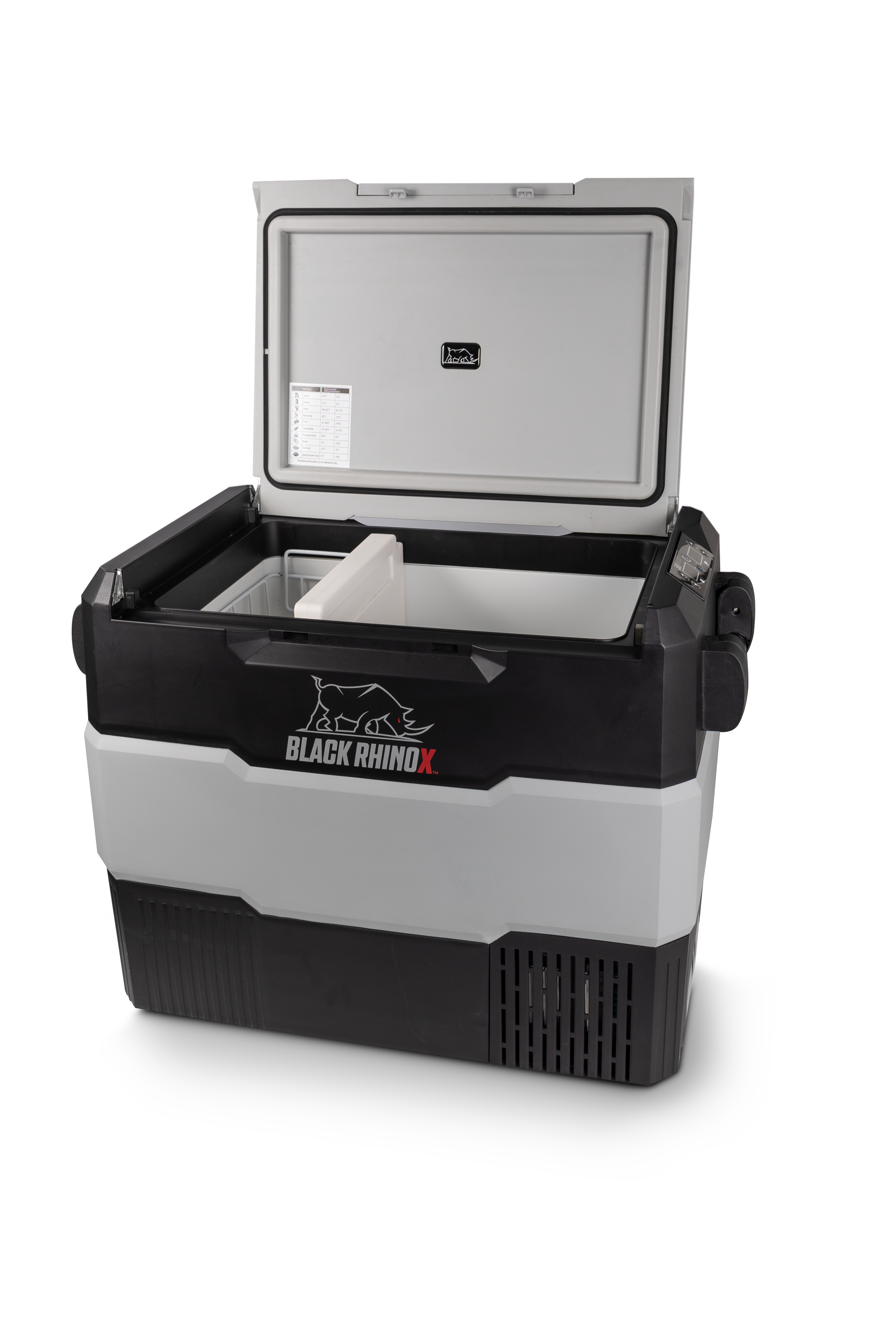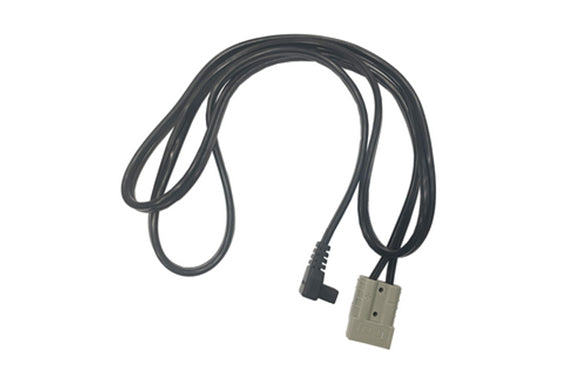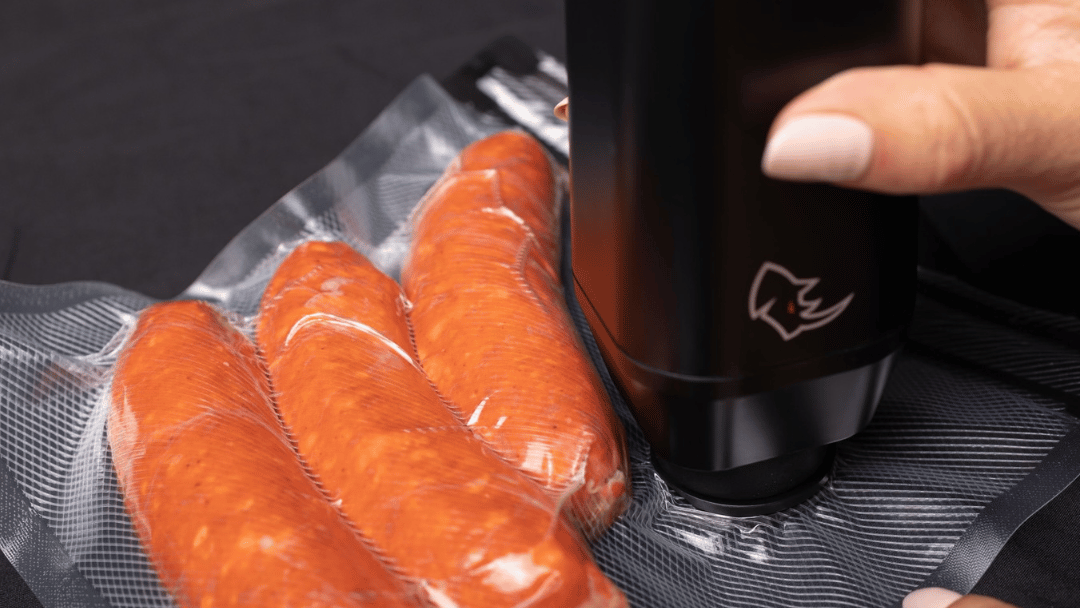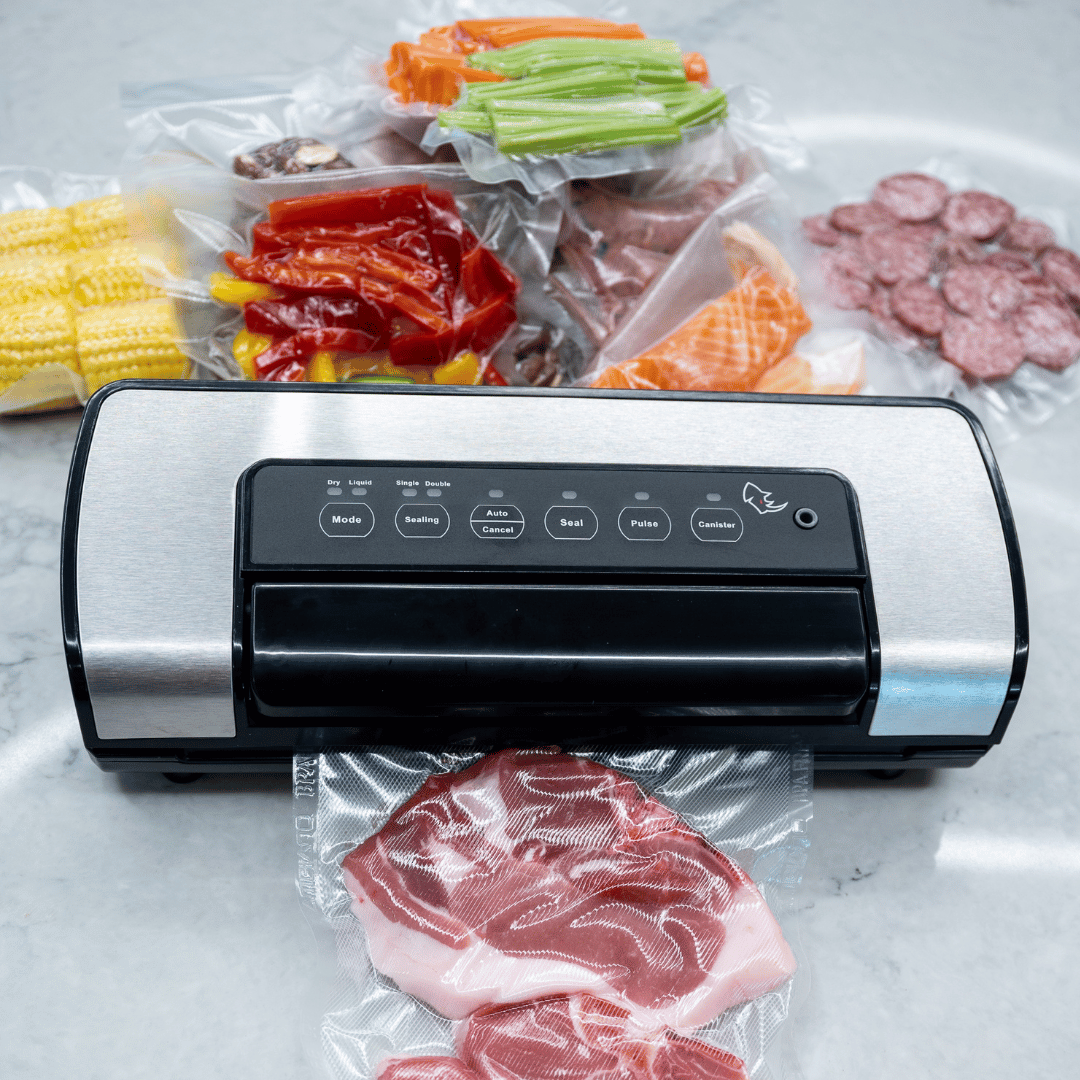Vacuum Sealer FAQs
Vacuum Sealers- FAQs
Why isn't all the air extracting from my vacuum seal bag?
If you are using our Professional Vacuum Sealer, check that all the seals you made when you made the bag are actually completely sealed. Ensure you are placing the open end within the internal chamber to allow the sealer to efficiently remove all the air and seal the bag. If this does not resolve the issue, try with another bag as there may be a tiny hole somewhere in the bag that won't seal.
If you are using our Mini Vacuum Sealer, check that you have completely sealed the opening seal. You may need a bit more pressure to make sure it is completely tightly sealed. The easiest way to do this is to place it flat on a bench and press down along the opening seal - you will feel it click into place.
The Mini Vacuum Sealer won't be able to extract all the air in the bag if it detects an air leak. If you do not see the bag air being extracted, check the top seal again.
There is wet food or liquid coming out of the unit when I sealed the bag with the Professional Vacuum Sealer?
This is not a problem. If you are sealing wet foods such as soups or casseroles, sometimes a little of the liquid may escape into the specialised extraction hose. There's no risk to the vacuum sealer itself as it is designed to extract liquid separate from any electrical connections. Just wipe any excess and remove the drip tray for cleaning.
Always make sure when sealing wet products that the open end of the bag is completely clean before you vacuum and seal it. If there is any liquid at the point of the seal, it may not seal completely and could then leak when stored or thawed. It can also help to raise the vacuum sealer above the bag, and check the manual for extra information on this and other tips for sealing liquid foods.
My Mini Vacuum Sealer isn't holding tightly to the bag when I use it and doesn't stop automatically?
Always seal the bag on a flat surface. Check that the opening is properly sealed - if you are not sure, open it and seal it again by placing on a flat surface and pressing down along the opening seal..
Make sure the one way valve is clean. Wipe it over and try again.
What do I need to know about food safety when using a vacuum sealer?
Vacuum packaging extends the life of foods by removing most of the air from the bag or container. This reduces oxidation, which affects nutritional value, flavour and overall quality of the food. Because there is so little air, vacuum sealing can also help to prevent growth of microorganisms such as mould and bacteria.
Our vacuum sealer bags and rolls are made from Food Safe Grade BPA free plastic and have been tested to the highest EU standards, which are the best in the world. Our vacuum sealer bags can be washed in the dishwasher for thorough cleaning between uses.
However, as with any food storage system or process, it’s vitally important to observe normal food safety rules when handling foods to avoid cross contamination.
Never vacuum pack food that is above room temperature.
If you use a bag to store raw meat or seafood, it’s best not to then use it for another product. Instead, after cleaning, use it for the same product again.You may see vacuum packed meats turn darker due to the lack of oxygen in the vacuum pack, however they will return to normal colour once the seal is opened again.
Service questions and enquiries
For general enquiries, please email us at support@blackrhinox.com AEST M-F 8am -5pm, or use the form on the Contact page to get in touch with us.
For warranty issues, please go direct to our service team via the link on our Returns and Warranties page.





